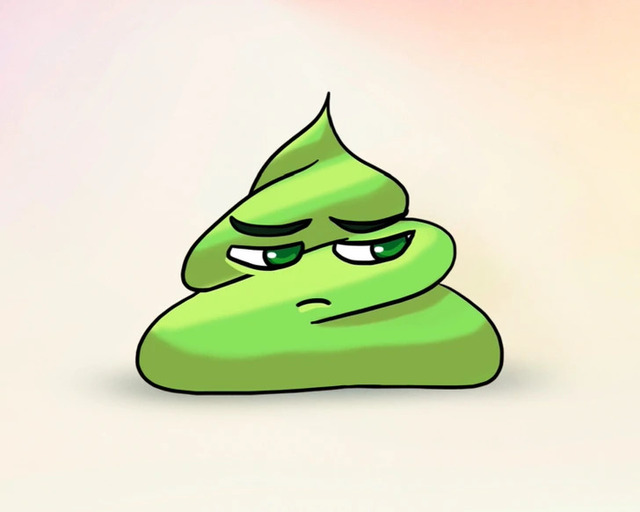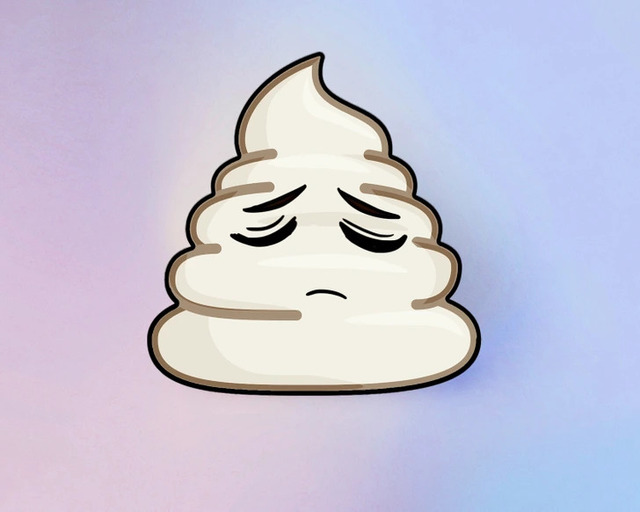Let’s be honest—talking about poop has never been a dinner-table topic. It’s the sort of subject people laugh off, flush away, or quickly change the conversation about. But here’s the truth: your poop is one of the most honest reporters of your internal health. Every time you go, your body is quietly giving you feedback on digestion, hydration, liver function, and even stress levels.
Most of us glance and move on, assuming everything’s fine. Yet those few seconds before you flush can reveal more about your well-being than a social media wellness quiz ever could. Doctors often say the gut is the “second brain” for a reason—it communicates constantly; we just rarely listen.
Understanding What’s ‘Normal’ Before Anything Else
Before you panic about unusual colors or textures, it helps to know what “normal” actually looks like. A healthy bowel movement usually checks three simple boxes:
- Color: medium brown, thanks to bile produced by your liver.
- Shape: smooth and sausage-like, neither rock-hard nor watery.
- Smell: mild but not overpowering.
This is your digestive baseline. It’s what your body should produce when you’re eating well, hydrating properly, and managing stress.
When stool color or shape suddenly changes—and stays that way—it’s your gut waving a flag saying, “Hey, something’s off.”

Think you already know your body? Wait until you see this. This quick video breaks down the surprising messages hidden in your daily routine — one glance might change how you look at your health forever.
When Color Speaks Louder Than Words
Before diving into the rainbow of meanings, take a look at this quick explainer. The Color of Your Poop!”breaks down what each shade really says about your digestion — from harmless changes to signals you shouldn’t ignore.
Green – Too Fast or Too Leafy?

Green stool often sparks alarm, but it’s one of the most common harmless changes. Eating a lot of spinach, kale, or green smoothies can tint your stool, as can iron supplements or antibiotics.
However, if your poop stays green for several days without any diet-related cause, it may mean your digestion is moving too quickly. When bile doesn’t have enough time to break down, it keeps its green pigment. If that happens repeatedly, check in with your healthcare provider.
Black – The Color That Deserves Attention

Black stool can have two very different explanations. The mild one: you’ve eaten dark-colored foods like blueberries, black licorice, or taken iron pills.
The serious one: possible gastrointestinal bleeding. Black, tar-like stool that’s sticky or foul-smelling can signal internal bleeding from an ulcer or upper digestive issue. If it comes with dizziness, weakness, or abdominal pain, that’s your cue to see a doctor immediately.
Pale or White – When the Liver Sends an SOS

White or clay-colored stool is never normal. It often points to liver or bile duct issues—like a blockage preventing bile from reaching your intestines. Bile not only helps digest fats but also gives stool its brown color.
If your poop looks chalky or gray more than once, it could indicate liver conditions such as hepatitis, cirrhosis, or gallbladder dysfunction. It’s one of those rare but crucial signs to take seriously and address quickly.
Yellow – When Fat Isn’t Breaking Down Properly

Yellow or greasy-looking stool, often accompanied by a foul odor, can mean your body isn’t digesting fat correctly.
Common triggers include:
- Diets high in fried or oily foods
- Problems with the pancreas or gallbladder
- Gluten intolerance or celiac disease
If your stool floats, leaves residue, or looks shiny, your body might not be absorbing nutrients efficiently. It’s worth getting medical guidance to rule out pancreatic or digestive enzyme issues.
Red – The Color You Should Never Ignore

Seeing red in the toilet bowl can be terrifying. The good news? Sometimes it’s just dinner—think beets, tomato sauce, or red velvet cake.
However, bright red streaks on toilet paper may signal hemorrhoids or small tears in the rectum, while darker red mixed within the stool can mean bleeding deeper in the intestines. When in doubt, don’t guess—get checked. Internal bleeding can escalate quietly but seriously.
Curious about what those colors really mean? 🎥 This short video, “The Color of Your Poop!”, breaks it down with clear visuals and quick explanations — helping you spot what’s normal, what’s not, and when it’s time to check in with your doctor.
Shape and Texture: The Unsung Clues
Your stool’s shape tells as much about your daily habits as its color. The Bristol Stool Chart—used by doctors worldwide—classifies poop into seven types, from hard pellets to watery liquid. Here’s what some of the most common types say:
Hard Pebbles – Classic Constipation Signs

When your poop looks like small, dry marbles, constipation is the likely culprit. Causes include dehydration, low fiber intake, a sedentary lifestyle, or certain medications.
The fix? Add more whole grains, fruits, and water to your day. Light movement, like walking, also helps your intestines “wake up” naturally.
Watery Stool – A Gut in Distress

Occasional diarrhea happens to everyone, often from food poisoning or viral infection. But persistent watery stool lasting more than two days can dehydrate you quickly.
Chronic cases may link to lactose intolerance, stress, or irritable bowel syndrome (IBS). Hydrate with water or electrolyte drinks and seek medical help if symptoms linger.
Cracked or Dry – The Hydration Warning

A stool that looks dry, rough, or cracked often signals dehydration. Even mild water loss affects digestion, slowing stool movement and hardening its texture.
To remedy this, drink more fluids, and add hydrating foods like watermelon, cucumber, or oranges. Your gut loves water more than caffeine or soda ever will.
Mushy or Loose-Edged – A Gentle Gut Warning

When your stool is mushy or fluffy around the edges, your body might be adjusting to diet changes—like suddenly adding a lot of fiber or consuming too much sugar.
If it becomes frequent, it could mean your gut bacteria are off balance. Try moderating fiber intake, limiting processed foods, and including probiotic-rich items like yogurt or kimchi to restore harmony.
Thin or Ribbon-Like – The Silent Blockage Signal

If your stool consistently looks pencil-thin, it may indicate narrowing of the colon due to chronic constipation, inflammation, or, in rare cases, polyps.
It’s not a cause for panic but definitely for attention. Early diagnosis can prevent bigger complications later.
When There’s More Than Meets the Eye: Mucus and Inflammation
A thin layer of mucus in stool is normal—it helps the intestines move waste smoothly. But if you start noticing excess mucus, especially when paired with pain, bloating, or blood, it could signal inflammation.
Conditions such as IBS, Crohn’s disease, or ulcerative colitis often trigger this symptom. Infections or allergic reactions to certain foods can, too. It’s your body’s way of saying the gut lining is irritated and needs care.

Wondering what your gut is trying to tell you? 🎥 Check out this fun and informative video — “Is Your Gut Healthy? What Do Unhealthy Stools Look Like?” — where Dr. Binocs breaks down the science behind your digestive health in the most visual and easy-to-understand way.
What Your Gut Is Trying to Tell You
Your digestive system doesn’t lie. It reflects not only your diet but your emotions, sleep, and overall lifestyle. Stress, for instance, can tighten your intestines and speed up or slow down bowel movements.
To keep your gut happy:
- Eat a balanced diet rich in fiber and fermented foods.
- Stay hydrated consistently, not just when you’re thirsty.
- Move your body daily, even for 15 minutes.
- Manage stress through breathing, journaling, or meditation.
Small, steady habits have a profound effect on your gut’s rhythm—and, by extension, your energy and mood.
Final Thoughts: Listen Before You Flush
It may sound strange, but your bathroom breaks are little health check-ins you perform every day. What you see in that brief moment before flushing can reveal liver strain, nutrient deficiencies, hydration issues, or stress imbalance.
Instead of treating it as something embarrassing, think of it as valuable feedback from your body. If a color, shape, or consistency change appears once, it’s likely nothing. But if it lingers or comes with discomfort, that’s your body asking for help.
Remember: gut health connects to everything—from immunity to mental clarity. So the next time nature calls, take a moment to observe.
Your stool is not gross—it’s guidance. And if you listen closely, your body will thank you for paying attention before it’s too late.



